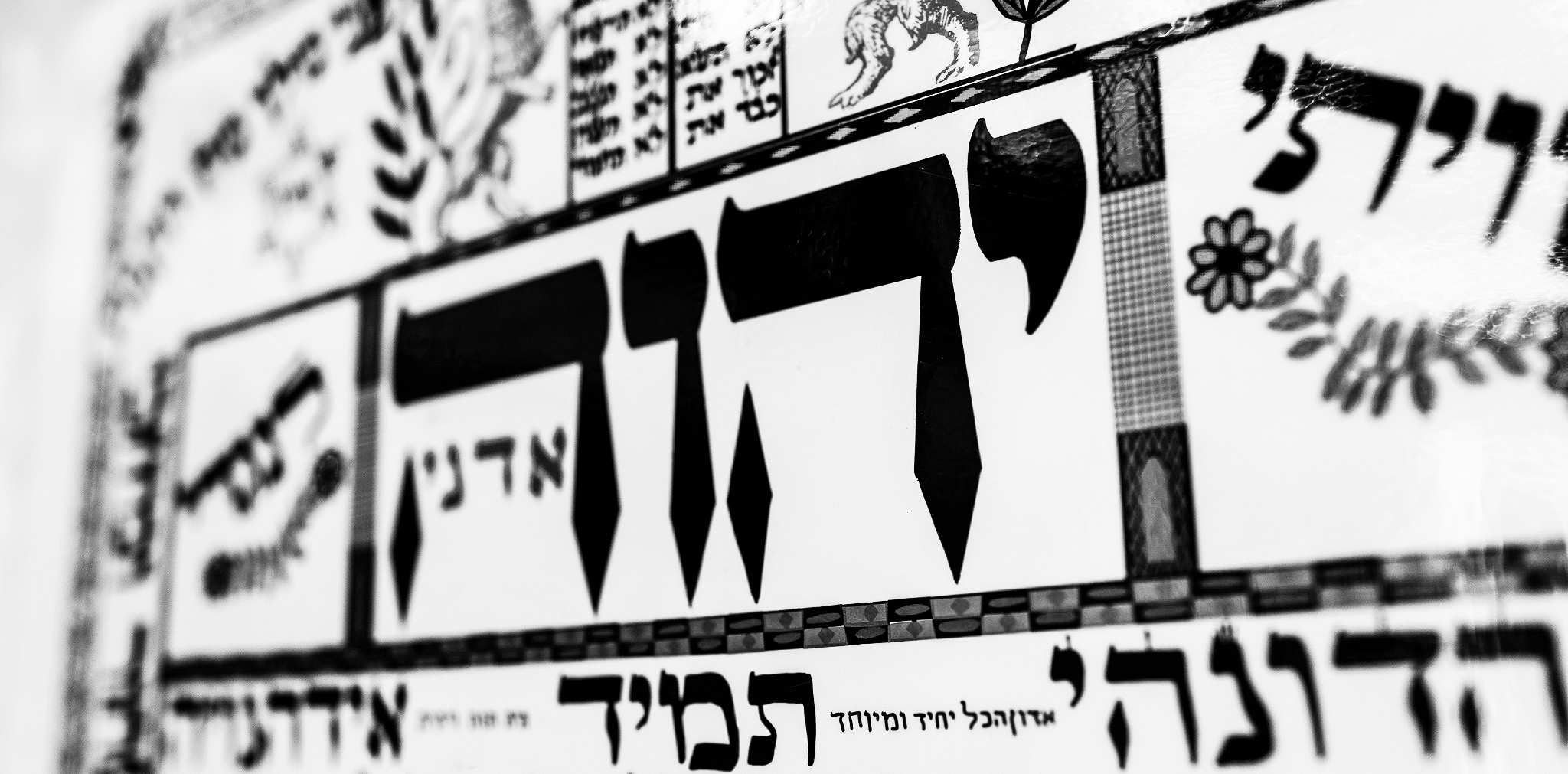 So much depends on how you look at things… Take the Tabernacle, or “Mishkan,” for instance. Compared to the glories of the Egyptian pyramids, the Sphinx, the enormous temples at Thebes and other places, the Mishkan must have seemed unimpressive and a bit underwheming. The Holy Place structure, for instance, measured just 20 x 20 cubits in size – a modest area covered in animal skins and curtains. Inside the tent structure (ohel) was placed the Menorah, the Shulchan (table), and the relatively small Golden Altar used to burn incense. The tent was further divided by a curtain (parochet) that cordoned off the Holy of Holies, a 10 x 10 cubit square section that contained the most sacred ritual object of all, namely, the Ark of the Covenant. All in all the Mishkan seemed to be a rather humble dwelling shrine when compared to the opulent structures of Egypt.
So much depends on how you look at things… Take the Tabernacle, or “Mishkan,” for instance. Compared to the glories of the Egyptian pyramids, the Sphinx, the enormous temples at Thebes and other places, the Mishkan must have seemed unimpressive and a bit underwheming. The Holy Place structure, for instance, measured just 20 x 20 cubits in size – a modest area covered in animal skins and curtains. Inside the tent structure (ohel) was placed the Menorah, the Shulchan (table), and the relatively small Golden Altar used to burn incense. The tent was further divided by a curtain (parochet) that cordoned off the Holy of Holies, a 10 x 10 cubit square section that contained the most sacred ritual object of all, namely, the Ark of the Covenant. All in all the Mishkan seemed to be a rather humble dwelling shrine when compared to the opulent structures of Egypt.
And yet it was here, hidden in plain sight, that the very Shekhinah Glory of the LORD was manifest, and it was here, in the midst of the darkness of the Holy of Holies, that the sacrificial blood was placed over the Ark that held the tablets of the law, representing our atonement in the Messiah. In the midst of the dark cloud, with the plume of incense rising, the High Priest offered up the blood “la’Adonai,” designated as the Lord’s, to heal us from our separation from his love and truth. And all this was a “pattern” to demonstrate the greater reality of the sacrificial death of Yeshua given on our behalf.

As the Book of Hebrews argues, Yeshua is the High Priest of the New Covenant of God, ordained of after the “order of Malki-Tzedek,” the one who bears the office of High Priest not based on the Torah given at Sinai, based as it was on the weakness of the flesh, but by virtue of the power of the everlasting oath and the power of Almighty God (Psalm 110:4). As such Yeshua has made the New Covenant (הַבְּרִית הַחֲדָשָׁה) with those who trust in his sacrificial death offered for their sins. hose who belong to Him have a new altar not based on the temporary provision of the Levitical priesthood (Heb. 7:11; Heb. 13:10). And just as the humble tabernacle disguised the Divine Presence from the eyes of the proud, so the humility of Yeshua our High Priest was hidden. First he was born in obscurity and in poverty. He emptied Himself of regal glory to become “God with us,” one who would bear our sorrows. For the cross at Calvary was the Altar by which His sacrificial blood was once and for all offered to secure for us an everlasting atonement (i.e., καταλλαγή, literally place of exchange: “life for life”). The cross of Messiah appears as “foolishness” to the proud eyes of this world, but to those who are saved it is the power of God (1 Cor. 1:18).

